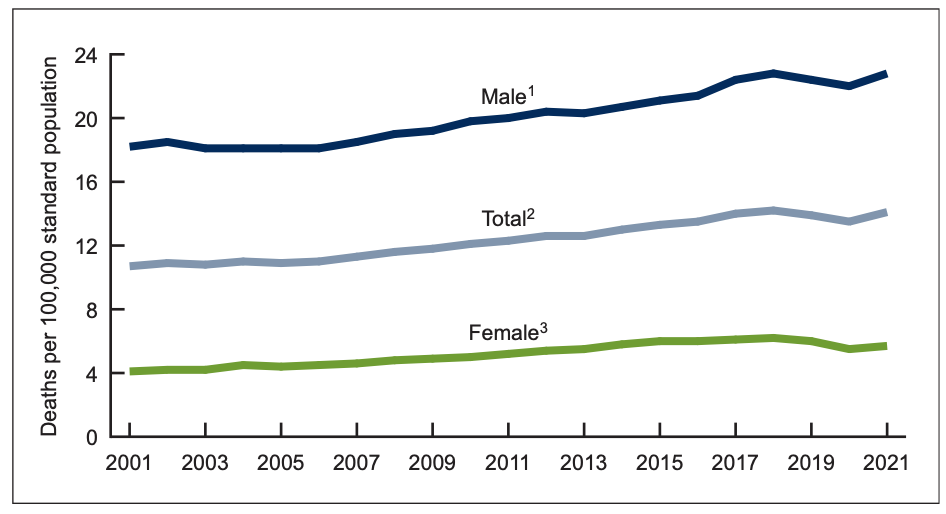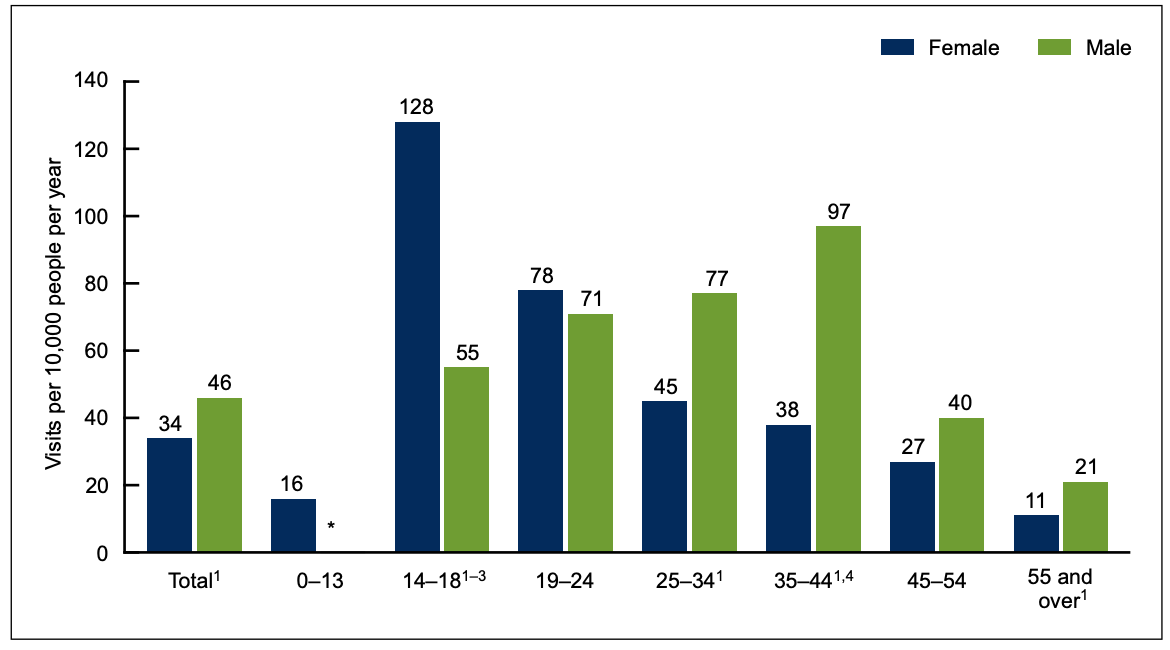Closer Look
Pear was a trailblazer in digital medicine, but making money proved difficult
When Pear Therapeutics filed for bankruptcy last week, the move prompted scrutiny of digital medicine it helped pioneer. Less attention was paid to how the company misjudged its trajectory, believing it was “poised for commercial scale” despite the modest state of its business. STAT’s Mario Aguilar sifted through regulatory filings and investor presentations circulated before Pear went public in 2021, finding optimistic projections like these: By strength of momentum, Pear would grow its business from $4 million in 2021 to a whopping $125 million by the end of 2023.
“There were definitely some indicators that would have said, ‘OK, this is going to move very quickly and we certainly are optimistic in terms of where those numbers are going to go,’” Alex Waldron, who was chief commercial officer and chief strategy officer at Pear before leaving in February 2021, told Mario. “In retrospect, you could certainly say they were too aggressive.” Read more.
vaccines
Bivalent Covid boosters 'moderately durable'
The bivalent Covid-19 vaccines offer added protection against severe illness, but fleeting protection against infection, a new NEJM study found. STAT's Helen Branswell asked one of the authors, Dan-yu Lin, a professor of biostatistics at the University of North Carolina’s Gillings School of Global Public Health, about the finding published yesterday.
Is what you're showing how much added benefit — in terms of length of protection — the updated booster conferred to people who got it compared to those only boosted earlier with the monovalent vaccine?
In this article, as well as in our earlier article published in NEJM on February 23, we estimated the effectiveness of one additional dose.
How would you characterize the added protection from the bivalent booster? It seems to wane quite quickly.
The amount of added protection was high and waned gradually over time. In this article, we showed that bivalent boosters were moderately durable and were effective against the currently circulating XBB.1.5 [Omicron] subvariant.
Some countries are allowing high-risk individuals to get a spring booster. Do these results argue for a similar policy in the U.S.?
Our results showed that the effectiveness of boosters declined to a low level after five months. In addition, older adults and people who are immunocompromised have much higher risks of hospitalization and death than young and healthy people. Thus, it would be sensible for those people to get a spring booster.
public health
Declines in deaths from suicide have slowed or reversed for some groups
 National Center for Health Statistics, National Vital Statistics System, Mortality
National Center for Health Statistics, National Vital Statistics System, Mortality
Two CDC reports on suicide released today — one on deaths from suicide (above) and another on emergency department visits by people considering suicide (below) — chart the falling then rising rates for the 10th highest pre-pandemic cause of death. The researchers highlight differences by sex, age, and race, suggesting possible goals for intervention.
- From 2001 to 2018, suicide deaths rose by 33%, fell 14% for two years, but increased 4% in 2021. Suicide rates were highest among American Indian or Alaska Native people in 2021; deaths increased from 2020 to 2021 for American Indian or Alaska Native, Black, and white males and for Black and white females.
- From 2016 through 2020, ED visits for suicidal thinking, a strong predictor of death by suicide, were highest among youths ages 14 to 18 and higher in female than male teens. Across all ages, they were higher for males than females.
- Rates for these ED visits over these five years were highest for Black people, followed by white people; they were lowest for people living in the Northeast compared to those in other regions.
 National Center for Health Statistics, National Vital Statistics System, Mortality
National Center for Health Statistics, National Vital Statistics System, Mortality
If you or someone you know may be considering suicide, contact the 988 Suicide & Crisis Lifeline: call or text 988 or chat 988lifeline.org. For TTY users: Use your preferred relay service or dial 711 then 988.



